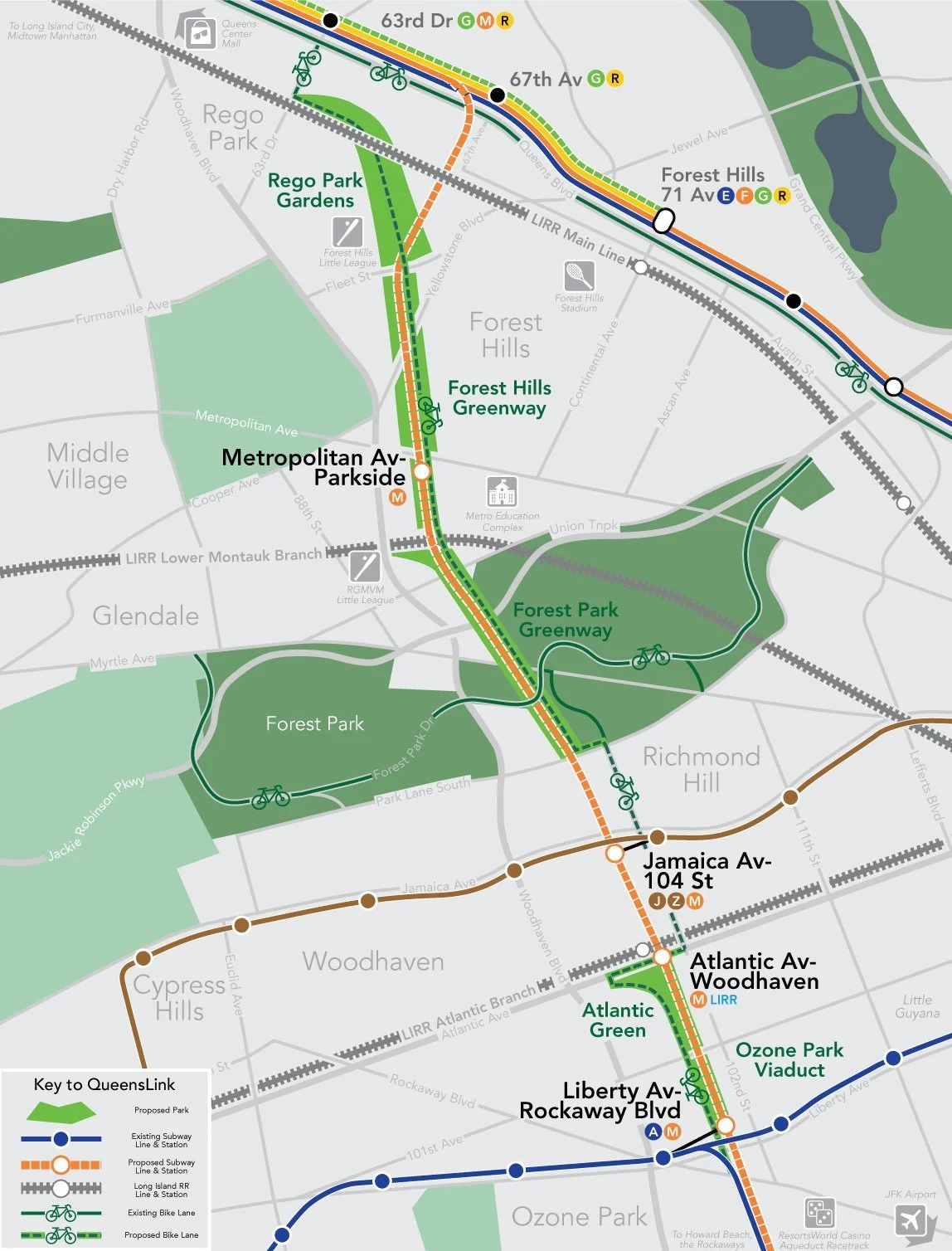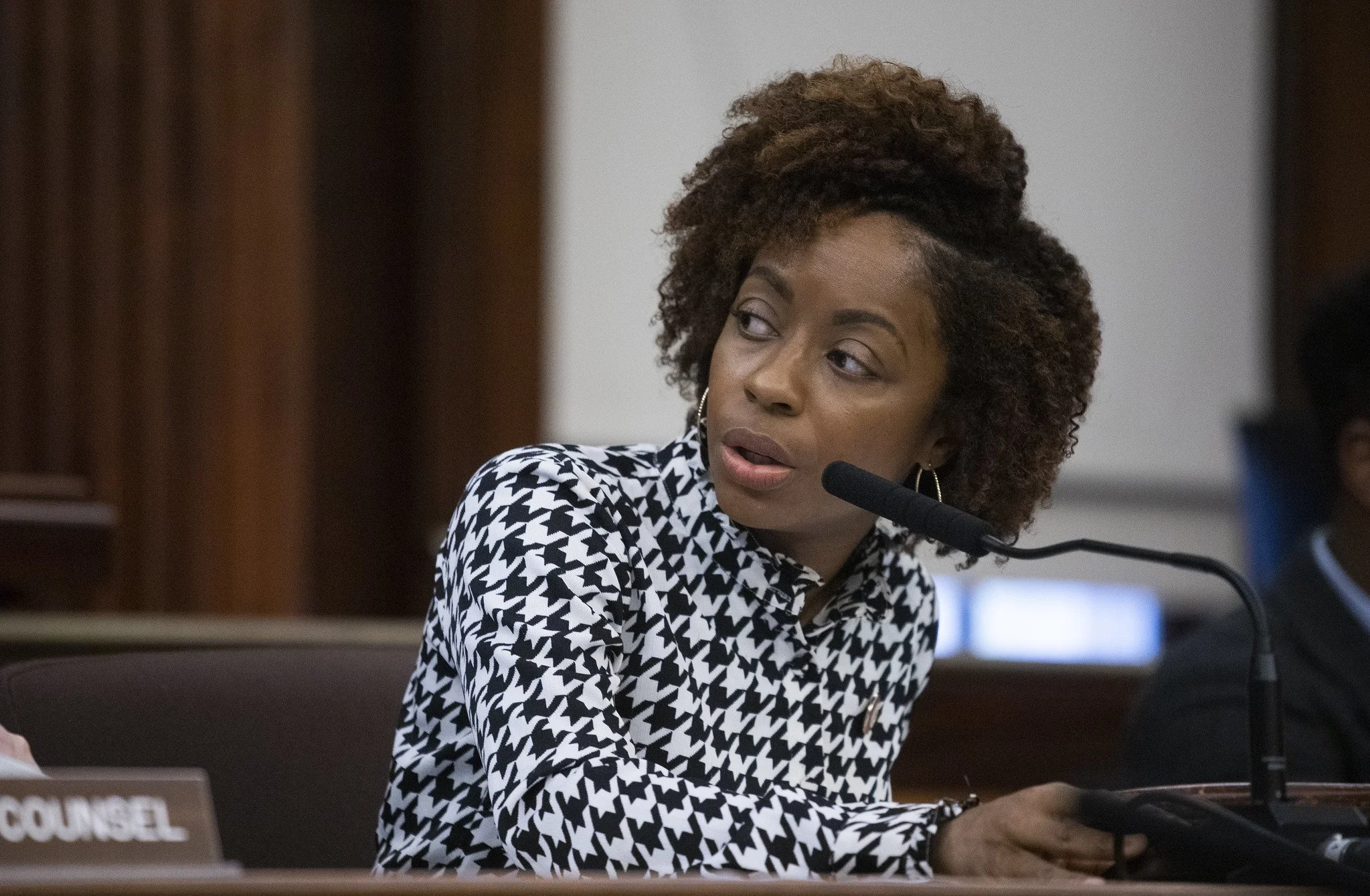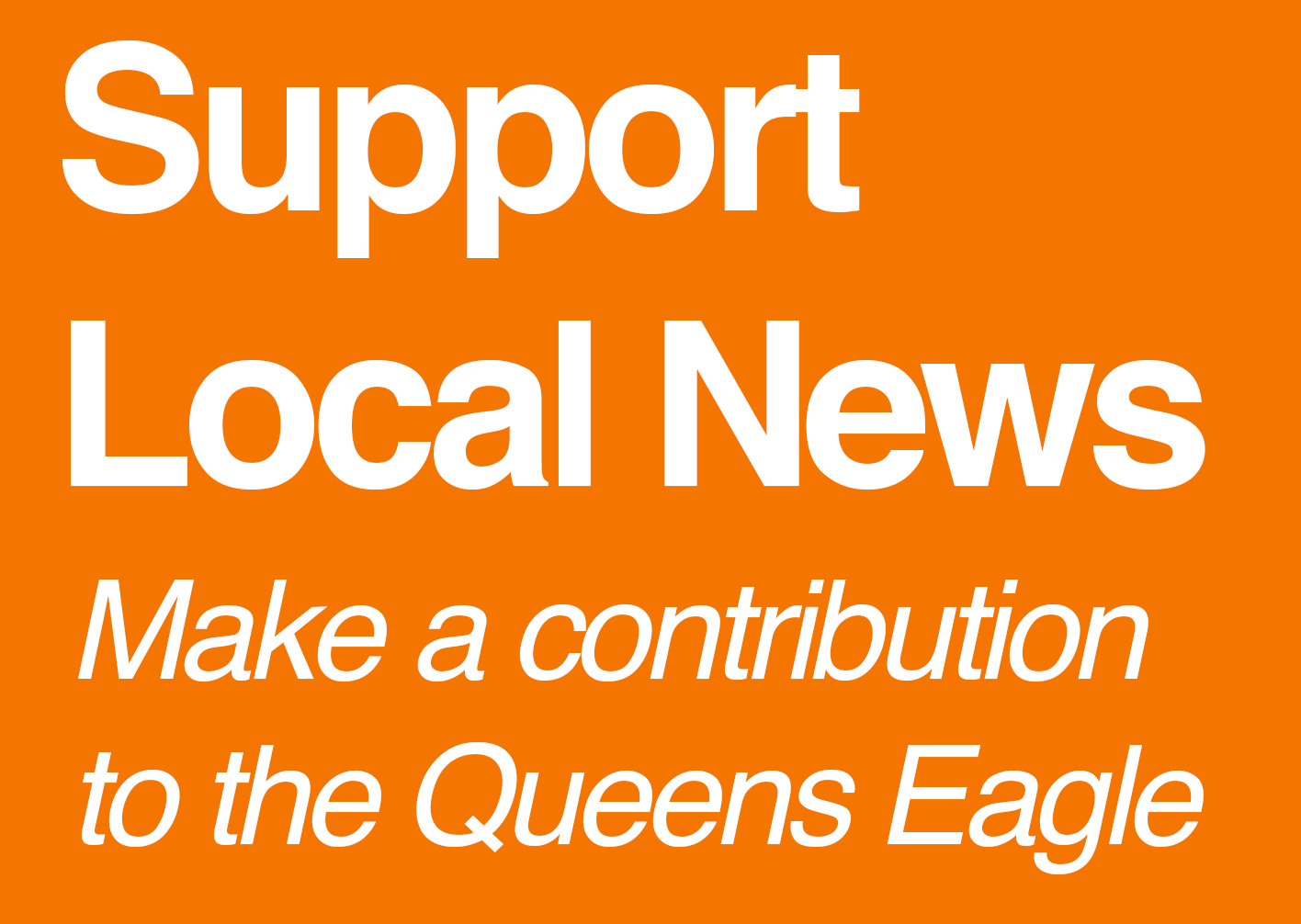Pols want city to put brakes on QueensWay as QueensLink is studied
/Supporters of the QueensLink got a $400,000 federal grant to do a new study into its impact as local elected officials called for the city to slow down on alternative projects that may preclude the rail from being built in the future. Map via QueensLink
By Ryan Schwach
Queens officials want the city to slow down construction of a linear park on an old elevated train line in the borough that could potentially stop the line from being reactivated for transit.
In a letter addressed to the mayor, a quartet of Southeast Queens elected officials said they want the city to hit the brakes on any construction on the QueensWay project – a 3.5 mile linear park similar to Manhattan’s Highline – which might prevent them from reusing the line as a new train route in addition to parkland, a proposal known as the QueensLink.
The letter came coincidentally a day before it was announced that QueensLink’s organizers received $400,000 from the federal government to carry out their own independent study into the transit idea.
The QueensWay was first funded by Mayor Eric Adams in 2022, and has since then been funded further with $117 million from the federal government. The project is already deep into its planning and design process. The Eagle reported just last week that new renderings and design plans had been released for the project.
As the QueensWay was being developed, the QueensLink – which would use that 3.5 miles to build a new train line as well as park space – has retained continued support from locals in Southeast Queens and several elected officials, but has failed to gain traction in City Hall, or the brass at the MTA, who would ultimately be responsible for the train route’s construction.
Both proposals have been pushed for years, dividing locals and elected officials alike, and becoming a debate about priorities, feasibility and the immediate impacts to the residents of Queens.
When Adams chose to pursue QueensWay in 2022, he left QueensLink mostly stuck at the starting line.
However, the new push from the elected officials and the new funding could breathe new life into the longshot train plan.
Dated Jan. 9, the letter was signed by Councilmember Selvena Brooks-Powers, State Assemblymember Khaleel Anderson and State Senators James Sanders Jr. and Leroy Comrie.
“QueensLink is worthy of careful study to judge its feasibility and potential to serve community members, and we urge the administration to not commence any construction that would potentially endanger this project's viability,” the letter read.
The officials, who are among the most consistent of QueensLink’s supporters, argued that the reactivation of the rail line – which advocates say would cut trips to the city by 20 minutes for some commuters in South and Central Queens – is key to their constituents.
“Southeast Queens residents have long been excluded from the City's core transit network and deprived of their fair share of transportation infrastructure investment,” they said. “In our communities, the city has underinvested in subway infrastructure, leaving residents to choose between unreliable bus service and unaffordable rail service for public transit. As a result, families in our districts cannot easily access jobs or schools across our city, and many face a two-fare commute, doubling their daily transit costs.”
Councilmember Selvena Brooks-Powers and other officials want the city to slow down on any project that could potentially make future transit harder on the old Rockaway Beach Branch. Credit John McCarten/NYC Council Media Unit
In a response to the letter, City Hall claimed that the QueensWay would not eliminate the possibility of transit, should the MTA decide to pursue it.
The promise that the Queensway would not affect any future QueensLink plans has been repeated often by the city and the mayor, but called into doubt by QueensLink supporters.
Brooks-Powers said that promise was specifically made to her by former-Adams Chief of Staff Frank Carone.
“The commitment to myself in the past had been that it would not impede the right of way,” she told the Eagle. “It's my hope that that commitment still stands true.”
The Far Rockaway councilmember who chairs the Council’s transportation committee told the Eagle the letter was intended to “make sure that we had in writing the conversations that have been had in terms of the QueensLink.”
Brooks-Powers has also continued to fight for funding and studies into the possibility of a QueensLink.
On Saturday, that funding came by way of $400,000 through the federal Department of Transportation, which QueensLink intends to use to fund a new study to measure the social, environmental, economic and equitable impacts of the project.
“It means that, finally, somebody will be planning before building or figuring out what the best use of this very unique public asset should be to serve the most people in the most significant way,” said Rick Horan, the longtime executive director of the QueensLink. “It gives us the ability to commission studies that will generate objective, transparent information.”
Horan, a Rockaway local, called the funding “wonderful.”
Studies have been done into the feasibility of the QueensLink before by the MTA, which found that the project would be too expensive, and would not serve enough riders to justify the price tag.
However, Horan and other transportation advocates have refuted the outcome of that study.
“It's flawed, for sure, and it didn't touch on environmental aspects or economic aspects, or even transit equity,” he said. “That was just a feasibility study, basically to determine if it was possible to build…they just create their own reality.”
Brooks-Powers called the investment a “big deal,” a sentiment shared by other Queens officials.
“This award is one step closer to QueensLink becoming a much needed reality,” said Queens City Councilmember Joann Ariola.
The study, which would be conducted independently, could be a way to reinvigorate the project at the public level.
However, that energy still needs to be picked up in the halls of the MTA and the mayor’s office, as well as at the state level.
Brooks-Powers would also need to convince the local Central Queens Councilmember Lynn Schulman, a longtime supporter of the QueensWay, to get on board.
It may also need more support in areas where the train would actually run. Some QueensWay supporters are not counting out the inclusion of transit in the future, but other locals have expressed worries about a loud subway train running through their neighborhood and near their windows.
For now, the QueensWay remains firmly in the driver’s seat with political and financial capital.
“I think we have to kind of recognize what's tangible right now, which is $35 million in by the city of New York dedicated to phase one [of the QueensWay],” said Karen Imas from the Friends of Queensway, a group that has been calling for the park for years. “There is an active design process that's significantly underway, and then $117 million in federal dollars for phase two. The bottom line in terms of Friends of QueensWay’s advocacy and our vision is that the Rockaway Beach Line does not remain vacant and unused for another generation.”





